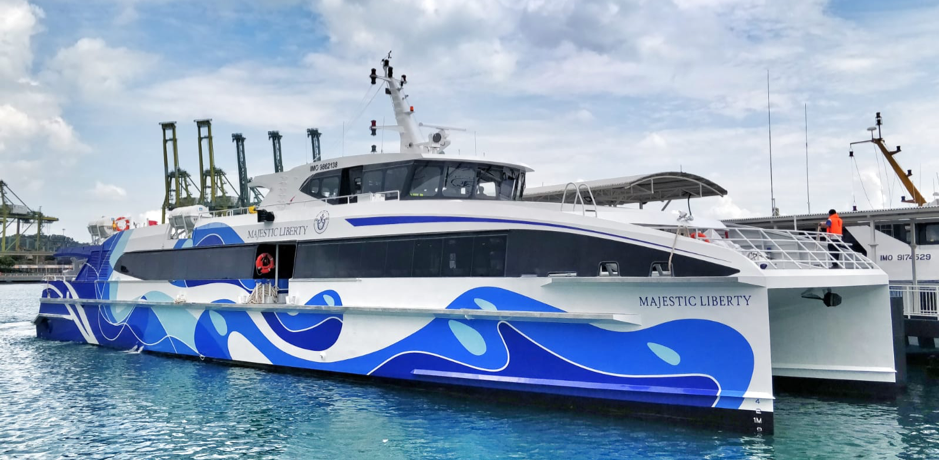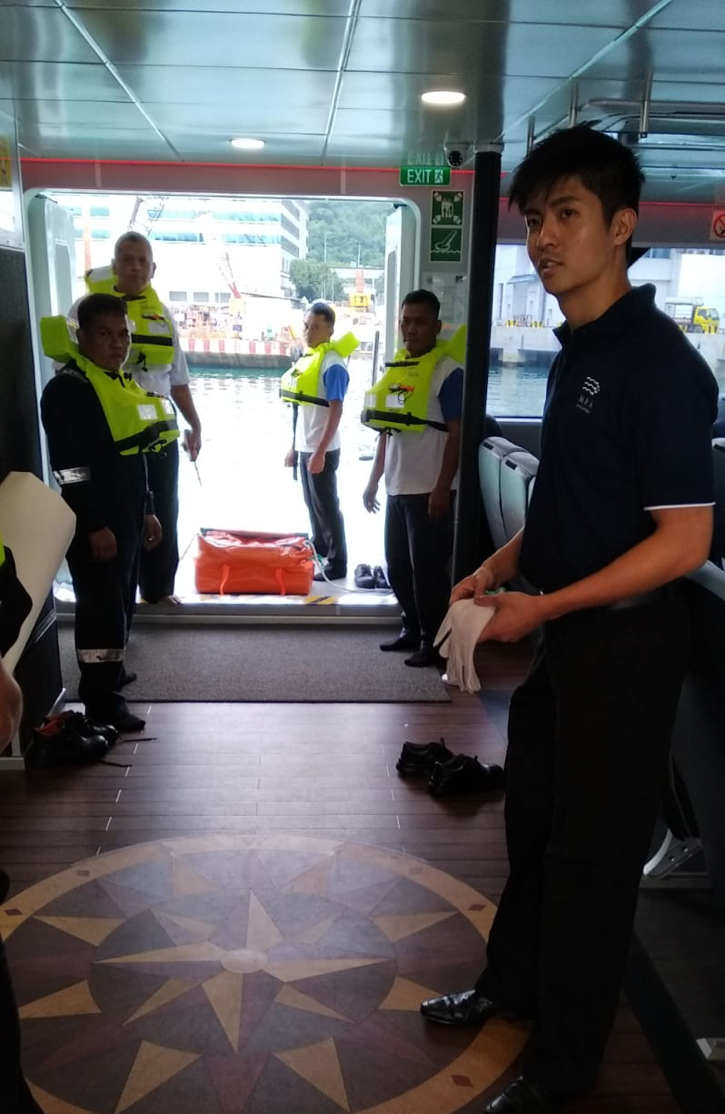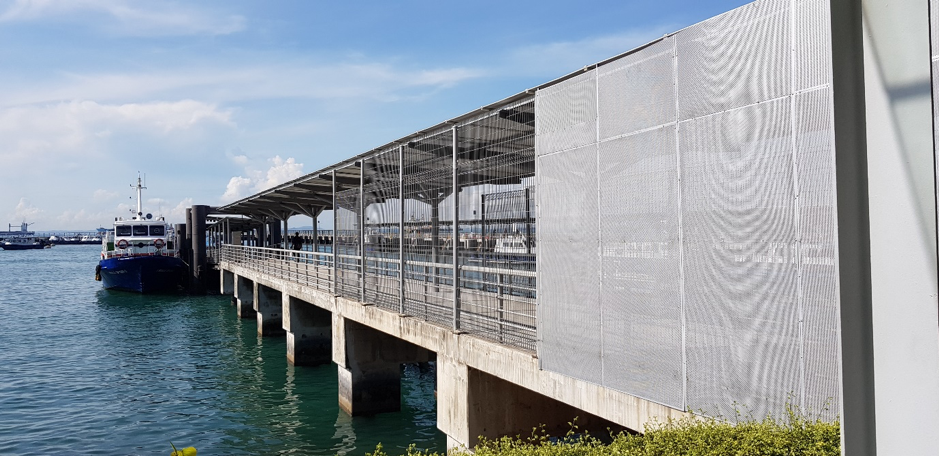
The Majestic Liberty
Barely an hour's ride by ferry, the Indonesian islands of Batam and Bintan are popular weekend getaways for Singaporeans looking for shopping bargains, great food or just to relax at their beachfront hotels.
A ferry leaves Singapore for these islands every few minutes and similarly, there are return trips which take place just as often - thus, weekends and holidays are especially busy for Majestic Fast Ferry, which is one of the most established ferry operators in the region.
These waters see heavy traffic on weekdays as well, as Batam and neighbouring islands - declared a free trade zone in 2007 - are home to thousands of foreign and domestic companies producing goods ranging from computers to oil rigs and see both workers and executives taking the ferry to work and back daily.
As the already heavy vessel traffic continues to grow in these waters, safety continues to be an ongoing concern for travellers.
Some of the key threats to safety are collisions and grounding of vessels, according to Mr Alex Peng, a senior executive with major regional operator Majestic Fast Ferry.
Collisions may occur due to a lack of watch-keeping, speeding, or not fully following the relevant operation requirements of Preventing Collisions at Seas regulations in both Singapore and Indonesian waters.
Another fear is the risk of grounding due to shallow waters on some ferry routes such as the Buran channel and waters near the Batam centre terminal.
Noting that any accident will dent public confidence in passenger ferry operations, Majestic has guarded against such risks by practising safe speed monitoring and control of all vessels to prevent erratic manoeuvring behaviour.
Marina South Pier is a centrally located landing point for passengers travelling for work and for leisure.
To ensure safety at sea, Majestic relies on key safety features on ferries as well as well-trained crew.
Recognising that risk awareness is essential from executive level to management, Mr Peng explained the company has an established safety management system and various operational procedures in line with the International Safety Management code.
The system and procedures are monitored and reviewed regularly for their effectiveness in consultation with the authorities, classification societies and other relevant legislative bodies.
As for the human element, shore-based staff is trained by recognised Classification Societies on safety and security issues while the on-board crew are trained to meet the stringent requirements of the International Maritime Organization's -safety code for fast ferries called the International Code of Safety for High Speed Craft.
Beyond the latest safety features in the ferries and well trained crews, passengers also have a role to play.
Knowing where the emergency exits are and keeping passageways clear are some of the steps passengers can take to stay safe onboard.
As Mr Peng says, "Simple things such as watching the safety video during departure to know basic evacuation and self-saving skills only takes a few minutes" but can be vital during emergencies. Key safety tips for passengers include to not obstruct evacuation routes, know the location of lifejackets, to remain seated during berthing and being mindful of gaps during embarking and disembarking.

An evacuation drill taking place onboard the Majestic ferry
AT A GLANCE:
Majestic's role in maintaining safety at sea
Majestic Fast Ferry is one of the AFRO members and regularly participate the safety workshop for discussion/sharing on safety operation to maintain safety standards. Majestic Fast Ferry always work together with all passenger terminals and established closely work-tie with the terminals and fast response for any of emergency; passenger terminals are good partners on safety operation to us.
Staying safe on board - a passenger's responsibility
Passengers are not expected to have professional marine emergency knowledge or skills, however, these are some simple steps they can take for their own safety during voyage.
- Watch the safety video on board to familiarise with basic evacuation information
- No obstruction of evacuation routes
- Take note of lifejackets location and donning method
- Follow crew instructions
- Keep seated before vessel arrival and during berthing
- Be mindful of gaps while embarking and disembarking



